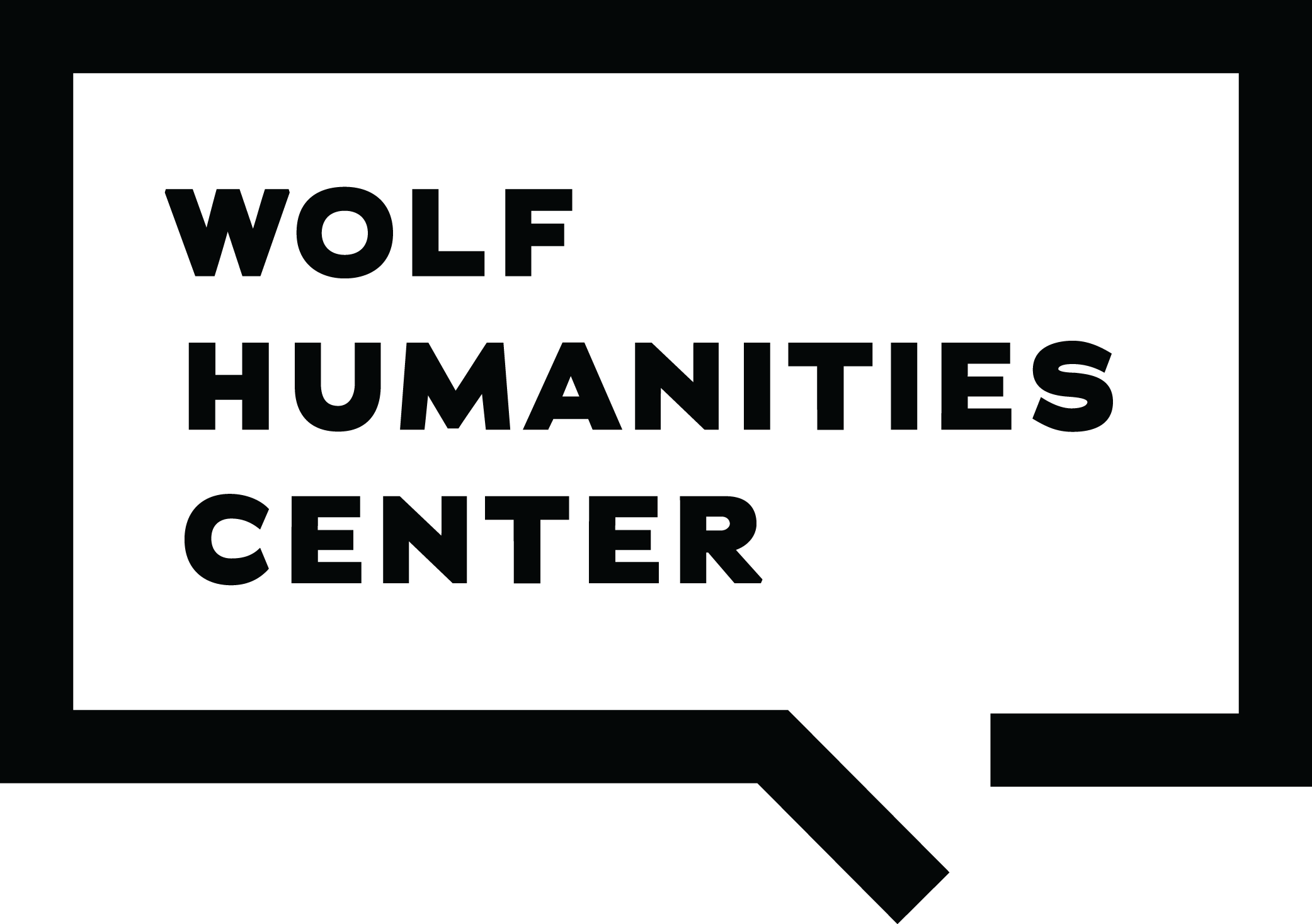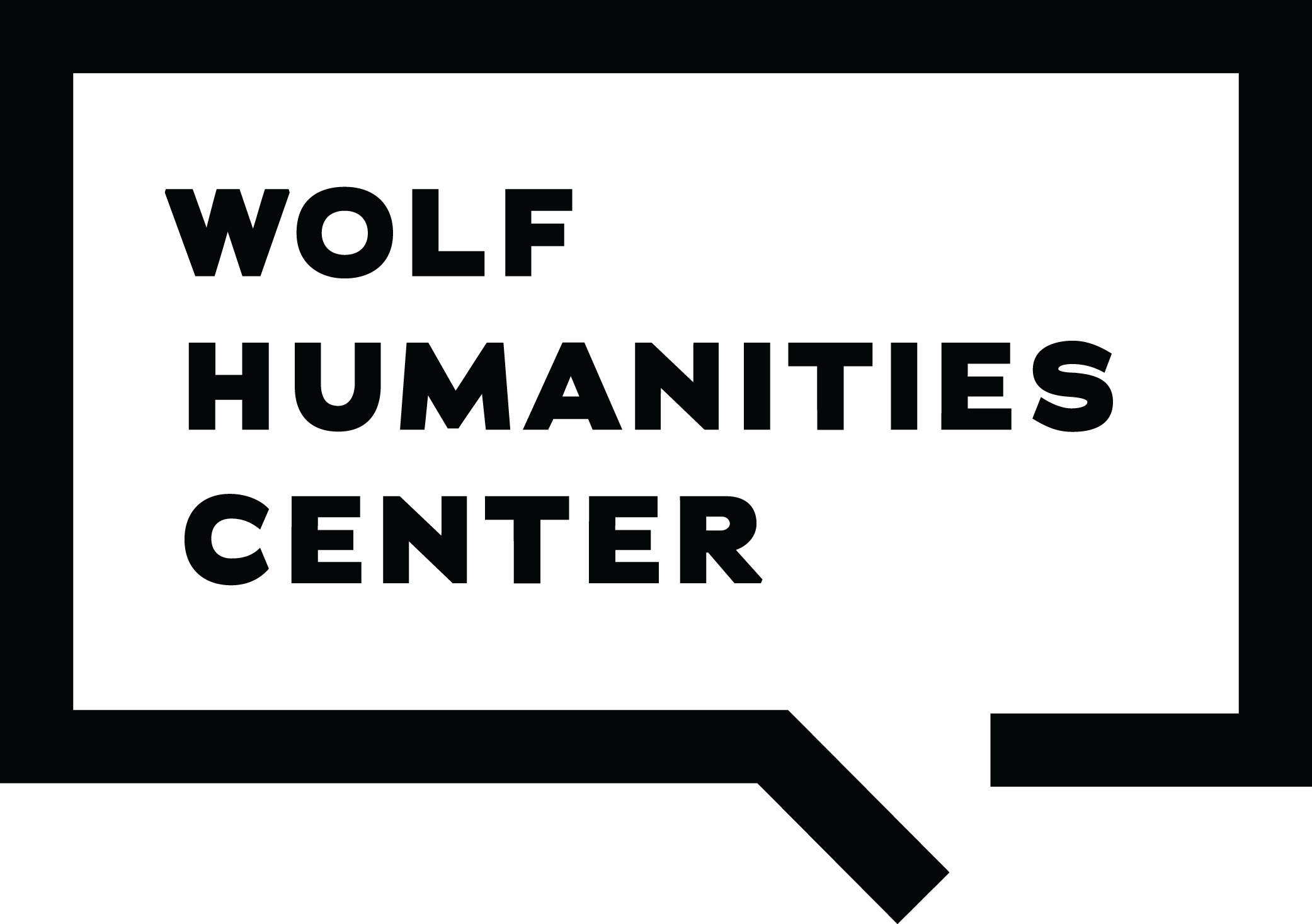Richard Fadok is an anthropologist interested in how design mediates human relationships with the environment. His ethnographic scholarship examines how designers in the United States are responding to climate change and other ecological crises through technical, aesthetic, and ethical practices oriented to nonhuman lifeforms. He received his PhD in History, Anthropology, and Science, Technology, and Society from the Massachusetts Institute of Technology. His first book project, In Life’s Likeness, draws on fieldwork conducted with practitioners of “biomimicry,” the imitation of biological design principles, to theorize how value is generated within green capitalism. At Penn, Fadok will begin a second book project about multispecies architecture, known by some as “habitecture.” Titled Animal Heritage, this study will also contribute a visual encyclopedia of animal design typologies (e.g., termite mounds) and a public database of “citizen architecture” blueprints for fabricating animal domiciles, such as bee houses and bat roosts.
Richard Fadok
Andrew W. Mellon Postdoctoral Fellow in the Humanities
2022—2023 Forum on Heritage
Richard Fadok
Anthropology, Design/Architecture
Massachusetts Institute of Technology, 2021
Animal Heritage: Multispecies Architecture in the United States
Animal Heritage is a historical and ethnographic study of architects who build structures for urban human-animal co-habitation. Around the world, climate change, economic development, and other anthropogenic forces have driven animals out of their native habitats and into human-dominated cities. In the United States, a league of architects has mobilized under the banner of “habitecture”—a portmanteau of “habitat” and “architecture”—to design built environments that are sensitive to animal phenomenologies (how animals perceive, construct, and navigate spaces). By pairing 20th century histories of architecture for animals with ethnographic fieldwork at three studios where habitecture is practiced, this book project analyzes how this “ethological turn” in architecture decenters the human as the arbiter of heritage. While scholars have recognized built environments as sites in which heritage is both placed and produced, Animal Heritage considers the emergence of habitat as a shifting domain of synanthropic heritage. How do architects create the made into a mesh of more-than-human significance? Which animals are included, and which are excluded, from the fold of memory, dwelling, and belonging? Through attention to questions such as these, I offer not just a posthuman critique of our anthropological theories of heritage but also a framework for living justly in multispecies communities.



